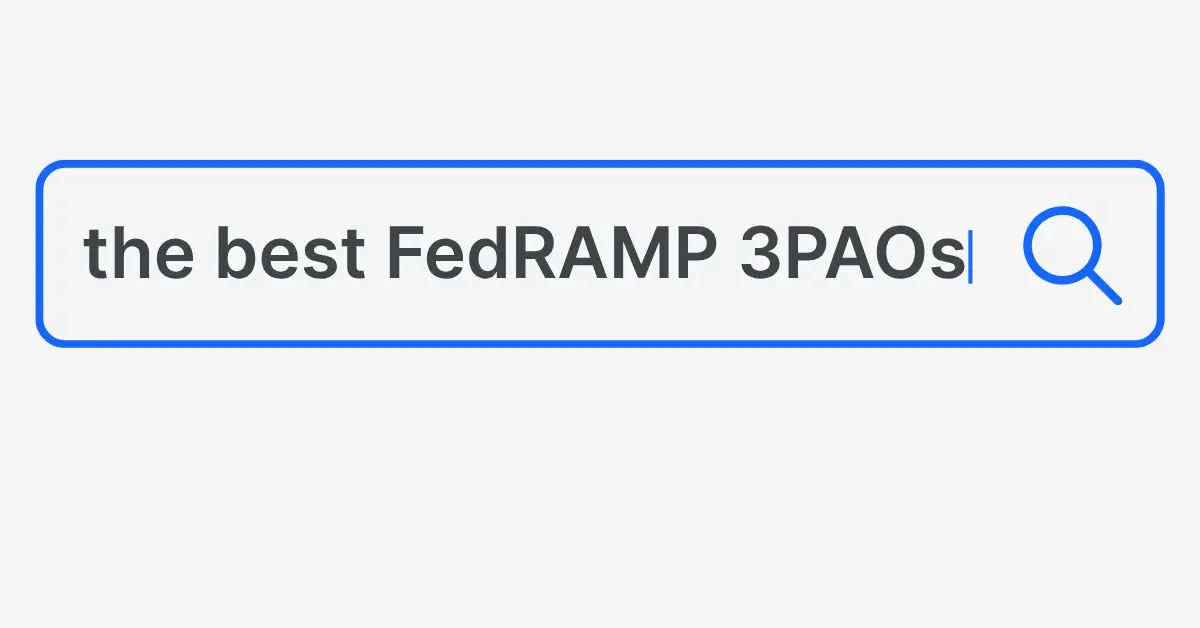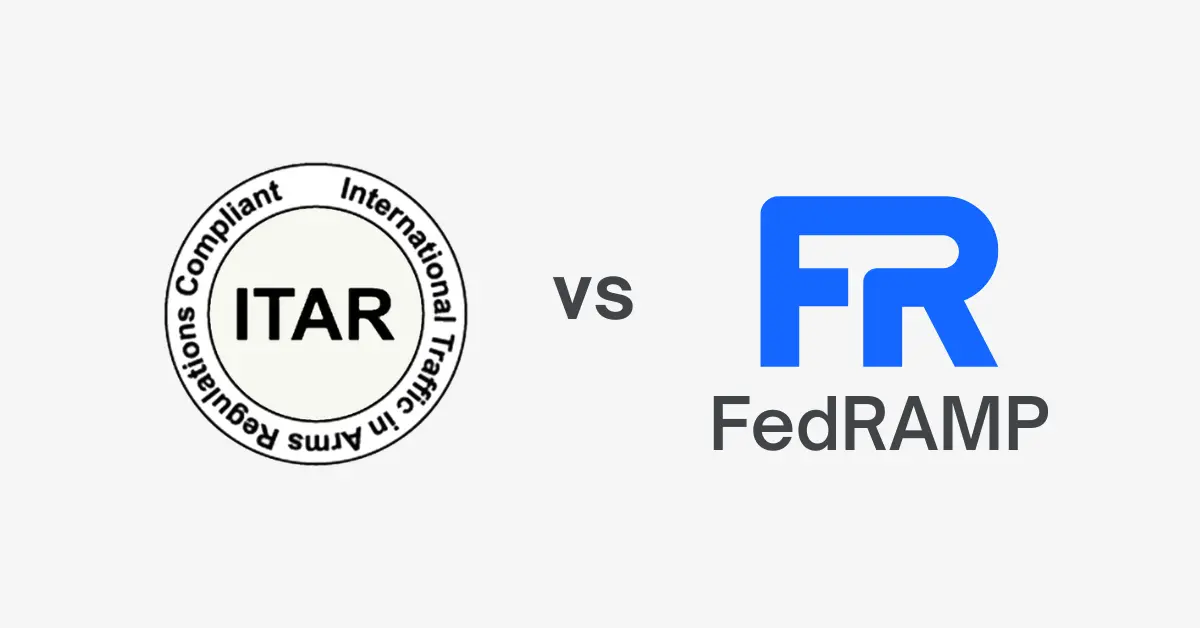In This Article

FedRAMP Continuous Monitoring (ConMon) helps cloud service providers keep their security up to standard over time. A key part of this process is using Plan of Action and Milestones (POAMs or POA&Ms) to track and fix security issues.
POA&Ms outline the steps needed to resolve problems, who’s responsible, and deadlines for completion. Managing POAMs shows a commitment to staying secure and compliant with FedRAMP.
Managing POA&Ms can also be a terrible, time consuming process. Here we'll explain all about POA&Ms and what you can do to make the process of managing them and ConMon as a whole easier and less time consuming.
What is Continuous Monitoring (ConMon) and POA&Ms?
Continuous Monitoring or, ConMon, makes sure that your CSP upholds your security standards over time. A key part of ConMon is identifying, tracking, and resolving security vulnerabilities as they arise.
This is where Plan of Action and Milestones (POAMs or POA&Ms) come in. POAMs act as a roadmap to address security issues, document the steps needed to fix vulnerabilities, who is responsible, and the deadlines for remediation.
Your organization demonstrates commitment to continuous improvement and compliance with FedRAMP's rigorous security standards as you actively manage your POAMs.
→ Learn how Paramify automates POAM management
The Anatomy of a POAM
These components form the skeletal framework that provides depth and clarity to the POA&M document:
- Description of Vulnerability or Non-Compliance: This provides context on the detected issue, enabling stakeholders to gauge its severity and potential impact.
- Source Identification: This traces back to how the vulnerability or non-compliance was detected, whether through an internal audit, external assessment, or a security tool.
- Responsible Party: This denotes the team or individual tasked with addressing the particular issue, ensuring accountability and ownership.
- Proposed Corrective Action: A succinct overview of the measures recommended to remedy the vulnerability or non-compliance.
- Milestones: These are specific and time-bound tasks or activities set out to rectify the identified issues. They act as tangible indicators of progress.
- Completion Date: The projected date by which the corrective action should be implemented and the vulnerability resolved.
Why POAMs Matter to Organizations
Imagine your IT department is grappling with an alarming discovery: a crucial server vulnerability was detected during an internal audit. Given the server's central role in operations, a security breach could halt your company's day-to-day tasks.
But, thanks to a POAM in place, your team has a systematic roadmap to tackle the vulnerability.
By detailing every action step, responsible parties, and milestones, the POAM ensures that the vulnerability is addressed timely and efficiently. Not only can you resolve the issue, but you'll also fortify your defenses against similar vulnerabilities in the future.
POAMs, as you can see, are not just documents. They give actionable insights into an organization's security posture by providing:
- Transparency: By outlining vulnerabilities and corrective actions, stakeholders remain informed about the security challenges and the strategies to overcome them.
- Accountability: Assigning responsibilities ensures that there's no ambiguity about who is handling what, ensuring tasks are carried out diligently.
- Progress Tracking: With milestones and completion dates in place, it becomes straightforward to monitor the headway made in resolving issues.
POAMs vs POA&Ms: Different Labels, Same Idea
While the specific term "POAM" (or POA&M) is used in the context of U.S. federal systems, the concept of tracking and managing vulnerabilities through some sort of action plan is a universal best practice in cybersecurity.
Other organizations, whether in the private sector or in other nations, may have similar tools or methods, even if they don't use the exact term "POAM".
Other process names include: Remediation Plans, Corrective Action Plans, Incident Response Plans, among others.
Challenges with POAMs
Like every tool, POAMs come with their set of challenges. One of the primary concerns is ensuring that POAMs remain living documents, regularly updated and reviewed.
Stagnant POAMs, those not reflecting the current state of an organization's vulnerabilities, can be more detrimental than not having a POAM at all.
Using a ConMon software solution, like Paramify, can help you stay up to date.
→ Check out POA&M automation pricing
Why POA&Ms Help
POAMs are a foundational instrument that, when used effectively, can significantly strengthen your organization's cybersecurity posture.
They are also pivotal in satisfying the criteria set forth by compliance frameworks like FedRAMP, GovRAMP, and Tx-RAMP.
In today’s regulatory environment, where compliance is often mandatory, having an organized and effective POAM is more than a best practice – it's a necessity.
ConMon and POAM Management Software

ConMon and POAMs are easier to manage with Paramify's automated ConMon tool. You can connect POA&Ms to your SSP to keep them up to date and always stay on top of timelines.
Paramify users spend 1/2 the time managing POA&Ms compared to traditional methods.
You'll define your elements (people, places, and things) and inventory once, then use them everywhere. Your constantly changing elements will stay up to date and your POA&Ms will stay accurate with Paramify's automated process
Best of all, you'll get out of spreadsheets.

Automate Your POA&Ms
Sign up for a free demo to see it for yourself.
You'll learn:
- How to generate more accurate compliance documentation at a fraction of the cost
- The benefits of a security first approach
- How fast and easy it is to get an OSCAL-based digital package
- First access to our automated POA&M tool
Check out our pricing or request a video demo below to see Paramify in action:
Learn More
→ How Risk Solutions Simplify Compliance Documentation
→ Accurate FedRAMP High in Under 4 Hours
→ Watch:




